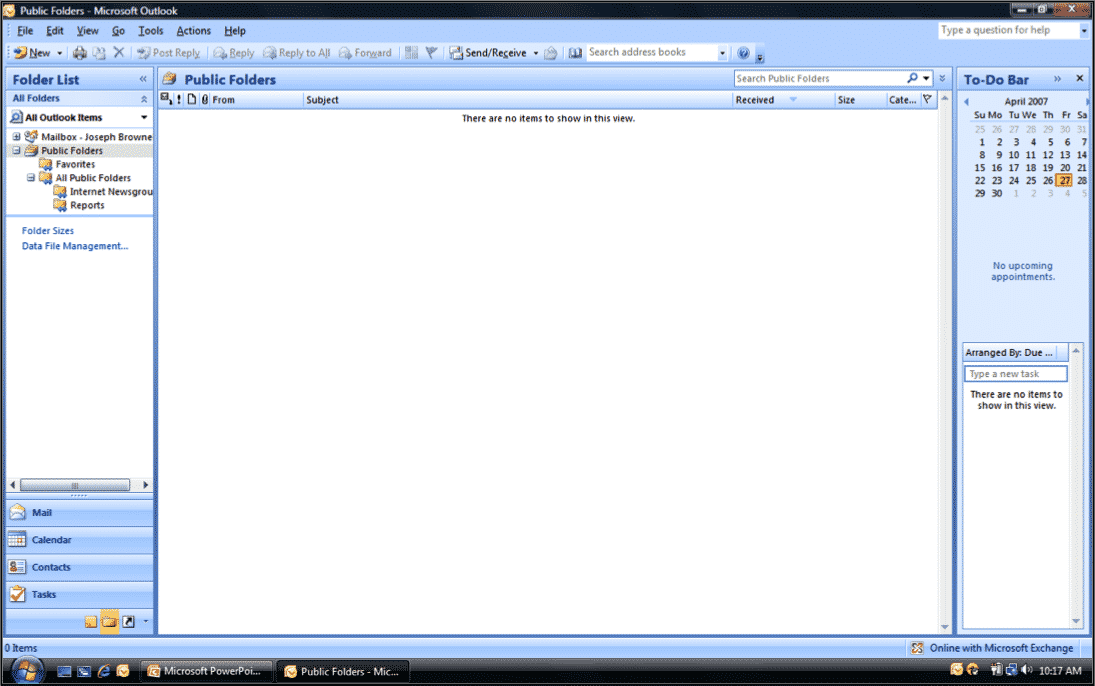
This also means that there’s no longer a public folder database as there was in earlier version of Exchange 2013. Public folder architecture uses specially designed mailboxes to store both the public folder hierarchy and the content. Similar to Exchange server 2013, Exchange server 2016 public folders use a mailbox infrastructure to take benefit of the present high availability and storage technologies of the mailbox database. Document sharing and collaboration: PFs does not provide any document management features such as check-in and check-out functionality and automatic notifications for the content change.
#ALL PUBLIC FOLDERS IN OUTLOOK ARCHIVE#


Public folders can also be used as an archiving method for distribution groups.
#ALL PUBLIC FOLDERS IN OUTLOOK FULL#
Users can access the full hierarchy of public folders in Outlook, which makes easier to access the content on it. Public folders are intended for the shared access in order to share the information within the organization in an effective way.


 0 kommentar(er)
0 kommentar(er)
